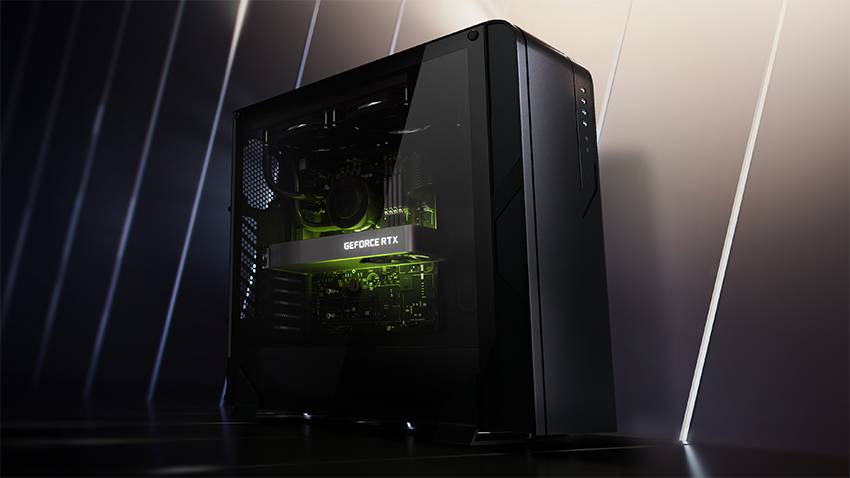

The past year has left PC gamers feeling conflicted. Hardware makers like Nvidia have released some of the most powerful and compelling new graphics cards—essential components for running games at high frame rates and resolutions—in years. Cards like the Nvidia RTX 30-series promise big performance jumps for surprisingly affordable prices (relatively speaking). The problem, however, is that it has been almost impossible to buy one due to demand, some of which comes from the cryptocurrency mining world. Now, Nvidia has taken an interesting step to try and remedy the situation by modifying the performance of its new RTX 3060 card.
The pandemic has played a large role in the shortages. As parts of the world shut down, the supply chains were affected while demand spiked hard. The popular online gaming platform Steam saw more than a 20-percent uptick in purchased games and a more than 50-percent increase when it comes to hours played during 2020. It makes sense—with nowhere to go, digital worlds provide the next best thing to an actual escape.
The shortage wasn’t all about gamers, however. Another factor has been at play: digital currencies. The value of various cryptocurrencies has exploded recently as the internet-based coins gain more mainstream acceptance. Elon Musk’s frequent tweets—as well as news of Tesla’s substantial Bitcoin investment—have also helped to drive the value increase.
While users can buy cryptocurrency, it’s also possible to “mine” it by using computer arrays to solve complex math problems to unlock more of the digital coins. This process relies heavily on powerful computers with robust graphics cards—the same ones players hope to use when trying to run the new Call of Duty game.
Mining rigs often include several GPUs working toward the same crypto mining objective. New cards typically offer more computing power compared to the amount of electricity they consume, which is essential for crypto miners who want to keep the process profitable. Starting at just $329, the new Nvidia RTX 3060 promises tons of power for the price, which makes it attractive to mining operations.
Now, in order to reduce demand from crypto mining operations, Nvidia is limiting the efficiency with which it can process transactions for a popular cryptocurrency known as Ethereum. Nvidia says it is focusing specifically on Etherium because it’s still profitable to mine. The card’s drivers will detect cryptocurrency mining activities automatically and scale down the performance without any actual physical changes to the card itself.
As users extract new coins for a cryptocurrency, the algorithm increases the amount of work mining rigs need to do in order to extract a coin. In the early days of Bitcoin, it was possible for even casual users to extract new Bitcoins using consumer-grade hardware. At some point, however, the cost of the electricity required to power the mining rigs exceeds the value of the currency extracted. This effect has caused miners to focus on currencies that are still viable, exploit places with affordable electricity, or employ shadier tactics. Sometimes, they will go so far as to steal the juice they need.
While Nvidia is kneecapping its gaming-oriented cards when it comes to crypto mining, the company has also announced that it will launch its own crypto-specific chip called the Nvidia cryptocurrency mining processor, which eschews tech meant for gaming and focuses purely on mining.
It’s unclear how much of a difference this split will make when it comes to freeing up inventory on the Nvidia’s RTX 3060 cards—the market is still absorbing them as fast as Nvidia can put them on shelves. But, at least gamers will have slightly less competition from mining operations in the near future.
